Health & Wellness

Give your employees the freedom to choose what wellness means to them with Health & Wellness Spending Accounts. These flexible, tax-effective accounts let your team spend on what matters most—whether it’s gym memberships, counselling, yoga, or new glasses. You set the budget, they choose the benefits.
It’s a powerful way to promote physical and mental well-being while showing your team you value their health and lifestyle. Easy to manage, simple to use, and designed to boost morale, retention, and productivity.
Let’s build a plan that puts wellness in your employees’ hands—because a healthier team is a stronger business. Speak with an expert and contact us at 905-850-5267 for a free quote.
Health & Wellness Spending Accounts

Aids In Cost Management
A great way to manage the costs of your benefits plan while still providing value to your employees is through the allocation of your benefits. This is accomplished by moving an insured benefit to your HSA.

Flexibility For Your Employees
Because any CRA-approved medical expense can be claimed under an HSA, you are providing your employees with the flexibility to claim what matters most to them.

Promote Employee Wellness
While an HSA is for medical expenses, its wellness counterpart allows for employee reimbursement of a wide range of wellness expenses like gym memberships, fitness equipment, professional development courses and more.
FAQs
The main difference between these two benefits is the availability of what can be submitted as a claim. For a health spending account, only CRA-approved medical expenses can be submitted.
Conversely, eligible claims to a wellness spending account are geared more towards items that promote a healthy lifestyle like gym memberships and professional development classes.
A health spending account provides employees with the option to choose what to claim. For example, if the monetary amount for a benefit like vision coverage was moved from the traditional benefits plan and into an HSA, it would provide an employee who doesn’t wear glasses with the opportunity to put that money towards something that has significance to them.
Yes! Health and wellness plans can be offered as a standalone benefit or they can be combined with a traditional benefits plan to provide a comprehensive solution for your employees.
A health spending account can help to manage costs through what is called an allocation of benefits.
Using vision care as an example, a common benefits plan will have $150-400 every 24 months to cover vision costs that extend beyond eye exams. If you’re already paying for vision coverage within your benefits, the cost per claim ends up being around 30% on top of the claim itself depending on your firm’s target loss ratio.
By transferring vision coverage to your HSA, you’re not only managing costs but providing more value and flexibility for your employees. Vision coverage is just one example to replace with an HSA.
Boosting business with our help
Services

Group Benefits
Protect your team with top-tier health, dental & disability coverage. Boost morale & retention today!

Corporate Insurance
Protect your team with top-tier health, dental & disability coverage. Boost morale & retention today!

Group RSPs
Help employees save for tomorrow with Group RSPs. Boost financial wellness & loyalty. Book a call today!

Retiree Benefits
Retirement shouldn’t mean losing benefits. Custom retiree health plans for peace of mind. Get free quote!

FAQs
What types of employee benefits are most common for small businesses in Canada?
How much do employee benefit plans typically cost?
Are there tax advantages to offering employee benefits?
Do benefits really help with employee retention?
Can small businesses with fewer than 10 employees get affordable benefits?
Absolutely. Many providers offer scalable group plans tailored for small teams. Pooled plans (where multiple small businesses join together) can also reduce costs while maintaining quality coverage.

